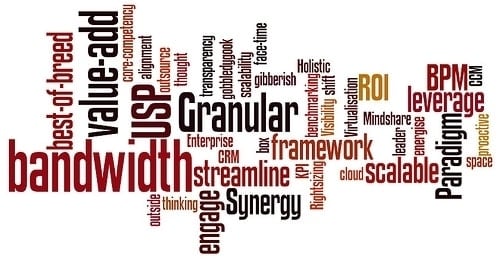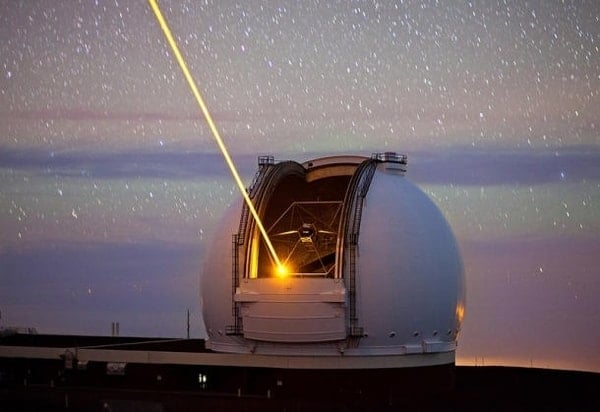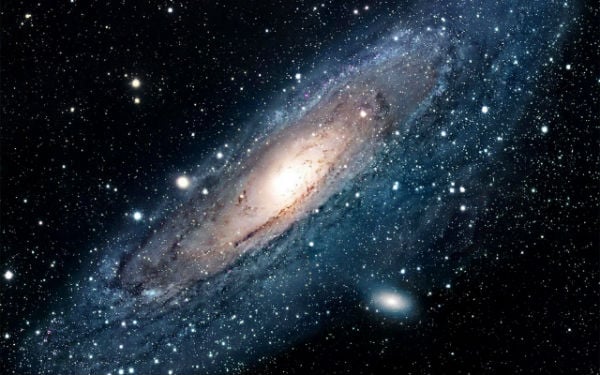
IT Jargon Isn’t All That Hard to Understand, I Think
June 6, 2014
NASA’s Lasers Could Be Future of Data Transmission
June 10, 2014SPAAAAAAAAAAACEEEEEE…
Last night, the conclusion to the 13-episode miniseries Cosmos: A Spacetime Odyssey aired on FOX, and holy crap… space is awesome! In honor of having the universe on our brains, we wanted to highlight the various data centers of NASA in our Data Center Spotlight.
NASA’s Data Centers
In case you were wondering, there are quite a few data centers operated under the NASA banner (we’ll get to more later), with the most famous being the National Space Science Data Center. Located at the Goddard Space Flight Center in Greenbelt, MD and established in 1966, the NSSDC serves as the permanent host for all NASA space science mission data. What is “space science”, exactly? Well, that covers astronomy and astrophysics, solar and space plasma physics, and planetary and lunar science, which is a heck of a lot of data. Essentially, the data center captures all of the data from every mission NASA has run in space, so in essence, you can see the data that Neil Armstrong saw when they were landing on the moon the first time (if you have the right clearance, of course). Collecting all of that data is a big task, which used to be completed using 7 or 9-track tape, but is now done through FTP and WWW protocols. If you’re offline, NASA will happily mail you a CD-ROM of the data you’re looking for, which is nice.
But it doesn’t stop there, because NASA doesn’t cover only space—it gathers data on the good ol’ “Pale Blue Dot” we call home. That’s where NASA’s Earth Observing System Data and Information System (EOSDIS) and their multitude of data centers come in handy. So if the NSSDC deals with purely space, the EOSDIS is focusing on our planet, and boy do they cover it: 12 data centers collect data for every aspect of the Earth you could imagine—from sea surface temperature to the cryosphere, from vegetation indices to atmospheric convection, anything you could possibly have data for is collected by the EOSDIS data centers. For example, the Langley Research Center Atmospheric Science Data Center has over 44 projects, 1700 data sets and 3 petabytes of data (and growing every day) just on radiation budget, clouds, aerosols, and tropospheric chemistry alone.
These amazing data centers allow researchers to gather information on every aspect of the universe that we currently know about. By gathering this data, researchers can look at how our climate is changing and what we can do, collect data on deep space and what could be beyond our eyes, and find out what is living in our highly unmapped oceans.
This data allows for the technological advancements we may take for granted every day. Having this information at our fingertips can help us assess our current situation and the future of our planet.

